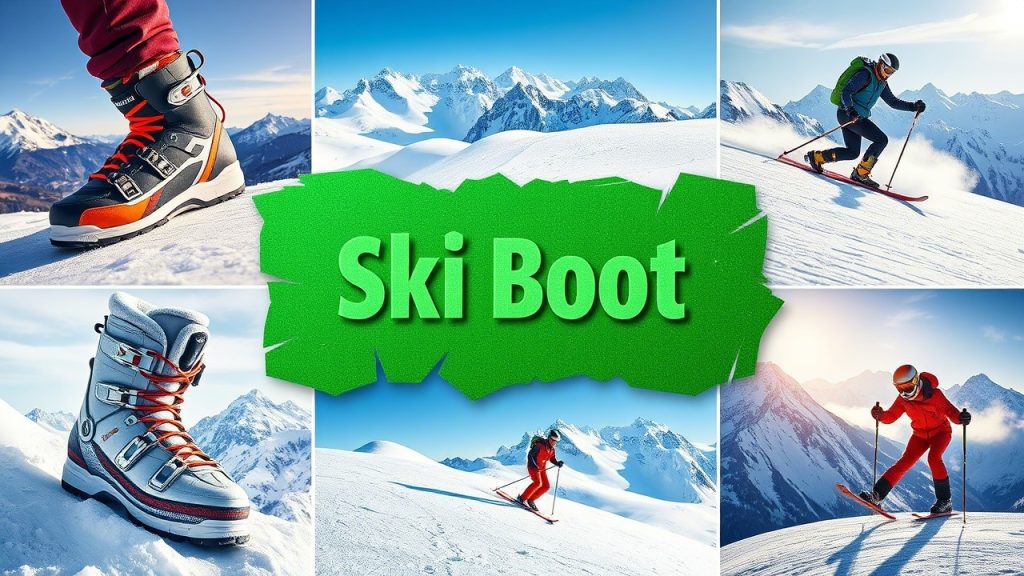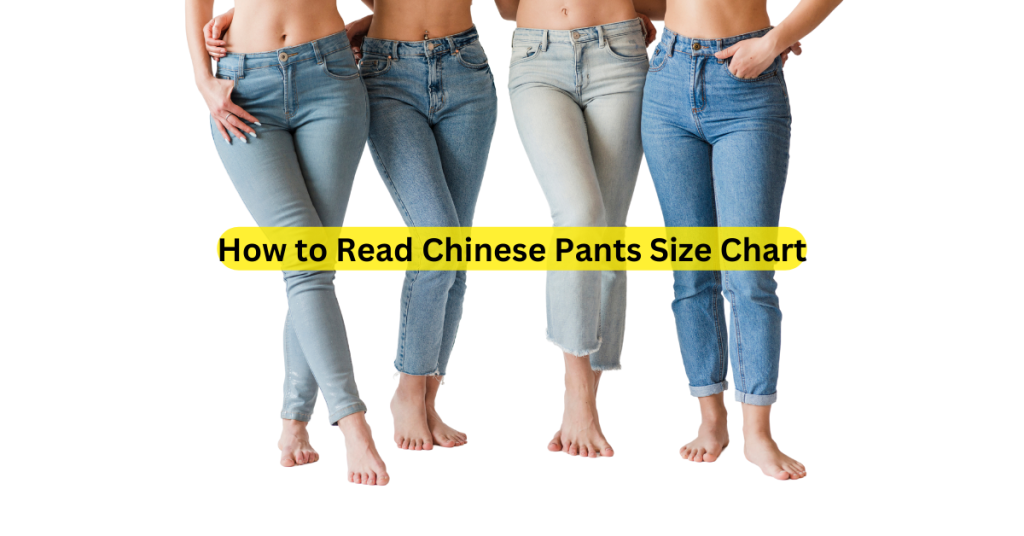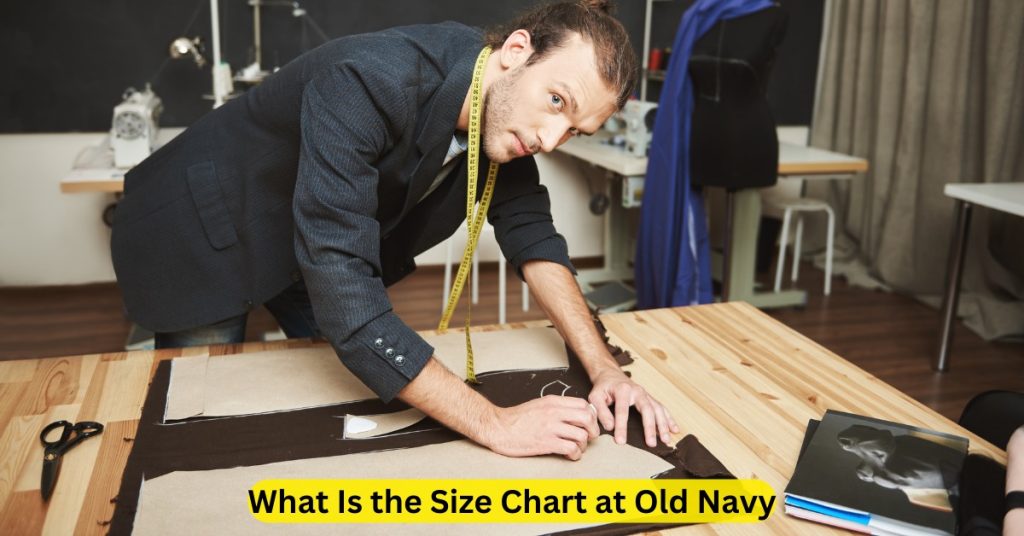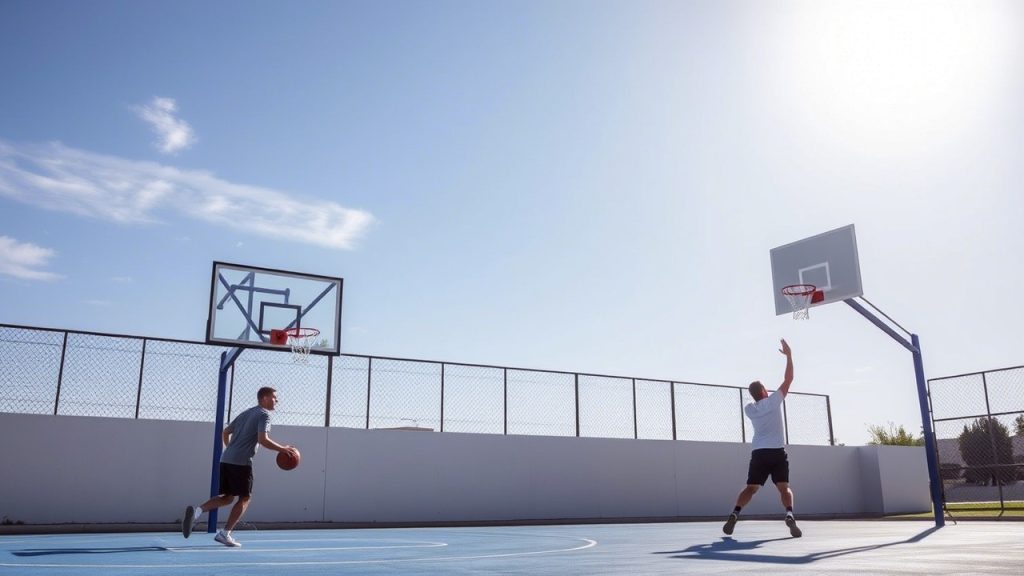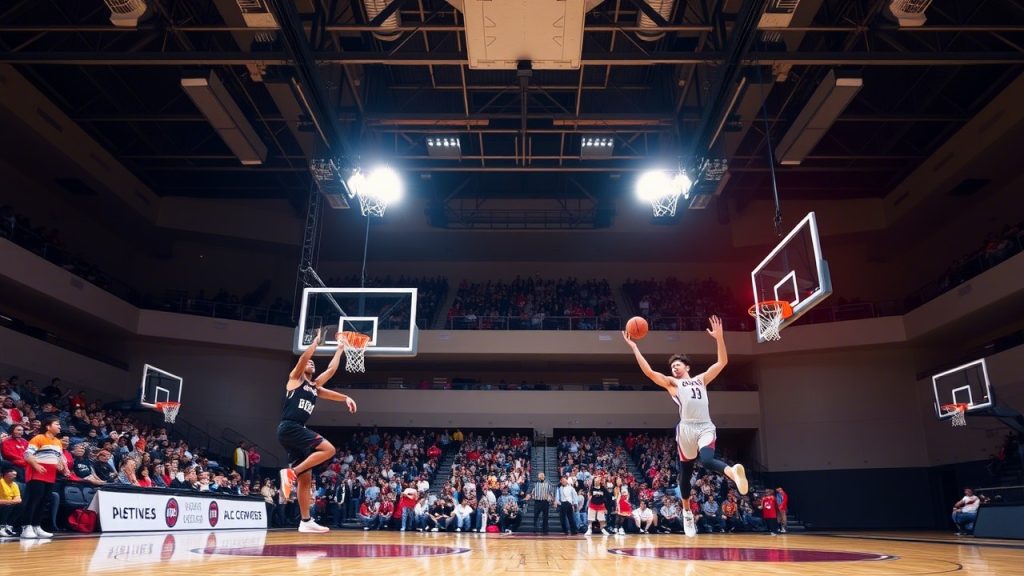20 Best Ski Boot Size Chart Ideas to Prevent Foot Pain
Skiing is an exhilarating winter sport that millions of people around the world enjoy. Whether you’re an experienced skier or just starting out, one thing that can make or break your experience is the fit of your ski boots. Properly fitted ski boots ensure that you have the control you need to navigate the slopes while minimizing discomfort or foot pain. Unfortunately, many skiers overlook the importance of finding the right ski boot size, leading to unnecessary discomfort, pain, and even injuries.
We’ll explore the 20 best ski boot size chart ideas that will help you prevent foot pain and achieve the perfect fit. Along the way, we’ll answer frequently asked questions to clear up any confusion. From understanding different sizing systems to learning how to measure your foot for ski boots, this guide will give you all the tools you need to find the most comfortable ski boots possible.
Why Proper Ski Boot Fit Matters
Before we dive into the size charts, it’s important to understand why a proper fit is so essential for avoiding foot pain and discomfort.
- Improved Comfort: The right ski boots should fit snugly, providing support without squeezing your feet. Boots that are too tight or too loose can cause blisters, numbness, or even frostbite in extreme conditions.
- Better Control and Performance: Ski boots play a crucial role in the connection between your body and skis. Properly fitting boots allow for better power transfer, responsiveness, and overall control, which will make your skiing experience more enjoyable.
- Injury Prevention: A boot that is either too tight or too loose can lead to pressure points and foot fatigue, increasing the risk of injury. A well-fitted boot will provide the necessary support to prevent strains and sprains.
- Preventing Foot Pain: Uncomfortable ski boots are a common cause of foot pain on the slopes. By following the right sizing chart and fit guidelines, you can reduce foot pain caused by poor-fitting boots.
Now that we know why getting the right fit is important, let’s explore 20 different ski boot size chart ideas that can help prevent foot pain.
20 Best Ski Boot Size Chart Ideas to Prevent Foot Pain
1. Mondo Point Size Chart (Standard International Sizing)
The Mondo Point system is widely regarded as the most accurate sizing system for ski boots. It measures the length of your foot in centimeters. This system is used globally, making it an excellent starting point for determining your ski boot size.
Example Chart:
| Mondo Point Size (cm) | US Men’s Size | US Women’s Size |
|---|---|---|
| 22.0 | 4.0 | 5.0 |
| 23.0 | 5.0 | 6.0 |
| 24.0 | 6.0 | 7.0 |
| 25.0 | 7.0 | 8.0 |
| 26.0 | 8.0 | 9.0 |
| 27.0 | 9.0 | 10.0 |
| 28.0 | 10.0 | 11.0 |
2. US Size to Mondo Point Conversion Chart
If you’re accustomed to US shoe sizes, you can use this chart to convert your US size into Mondo Point. This will allow you to find the best ski boot size with ease.
Example Chart:
| US Men’s Size | Mondo Point Size (cm) | US Women’s Size | Mondo Point Size (cm) |
|---|---|---|---|
| 7 | 25.0 | 8 | 25.5 |
| 8 | 26.0 | 9 | 26.5 |
| 9 | 27.0 | 10 | 27.5 |
| 10 | 28.0 | 11 | 28.5 |
| 11 | 29.0 | 12 | 29.5 |
3. Foot Width and Ski Boot Fit Chart
Foot width is just as important as foot length when selecting the right ski boot. This chart will help you identify whether you need a narrow, medium, or wide ski boot.
| Foot Width (mm) | Boot Width Category |
|---|---|
| 98-100 | Narrow |
| 101-103 | Medium |
| 104-106 | Wide |
4. European Size to Mondo Point Conversion
European sizing is commonly used by ski boot brands, especially in Europe. If you’re more familiar with European sizes, this chart will help you convert them to Mondo Point sizing.
| European Size (EU) | Mondo Point Size (cm) |
|---|---|
| 38 | 24.0 |
| 39 | 25.0 |
| 40 | 26.0 |
| 41 | 27.0 |
| 42 | 28.0 |
| 43 | 29.0 |
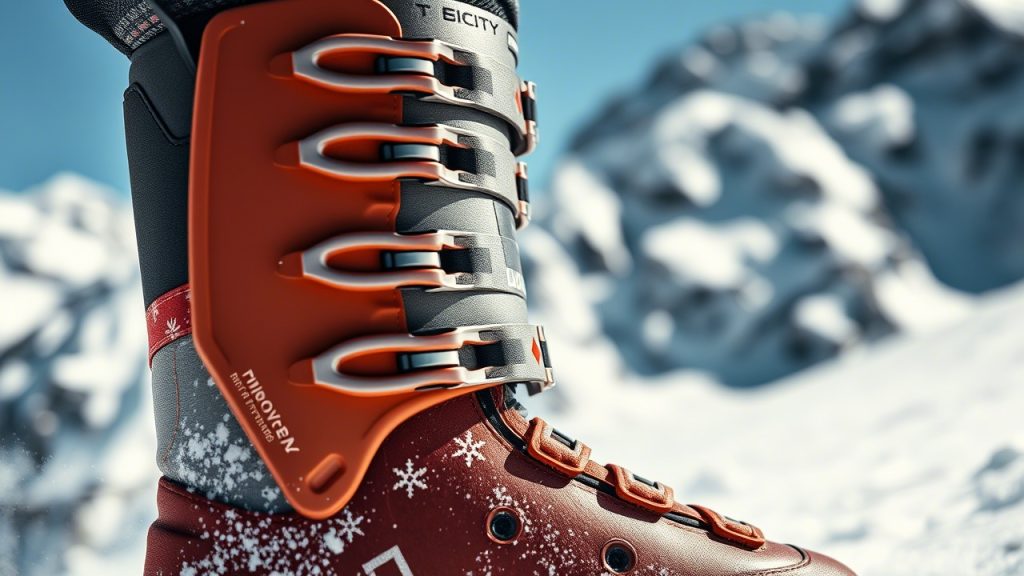
5. Foot Length and Ski Boot Fit Chart
Some ski boot manufacturers may offer specific charts based on foot length. These charts ensure that you get the proper fit based on your foot’s measurements.
| Foot Length (cm) | Mondo Point Size (cm) |
|---|---|
| 23.0 | 23.0 |
| 24.5 | 24.5 |
| 26.0 | 26.0 |
| 27.5 | 27.5 |
| 29.0 | 29.0 |
6. Ski Boot Flex Rating Chart
Flex rating measures the stiffness of a ski boot and affects how it handles during skiing. A boot that is too stiff can cause foot pain, while a boot that’s too soft may not provide enough support.
| Ski Boot Flex Rating | Ideal for |
|---|---|
| 50-60 | Beginner skiers |
| 60-80 | Intermediate skiers |
| 80-100 | Advanced skiers |
| 100-120 | Expert skiers |
| 120+ | Professional skiers |
7. Ski Boot Size Chart for Kids
Kids’ ski boots are sized differently, and it’s essential to measure their feet correctly for a comfortable fit. Children’s ski boots should provide both comfort and support to ensure they can ski safely.
| Mondo Point Size (cm) | US Kids’ Size |
|---|---|
| 18.0 | 11C |
| 19.0 | 12C |
| 20.0 | 13C |
| 21.0 | 1Y |
| 22.0 | 2Y |
8. Custom Footbed Size Chart
Custom footbeds can significantly improve the fit of your ski boots by providing additional support and comfort. These custom insoles mold to the contours of your feet, reducing pain points and enhancing performance.
9. Ski Boot Sizing Based on Skiing Style
Different skiing styles require different types of boots. Whether you’re into alpine skiing, freestyle, or backcountry skiing, your choice of boot size and stiffness will depend on your skill level and style.
| Skiing Style | Boot Characteristics |
|---|---|
| Alpine Skiing | Stiff flex, snug fit, precision control |
| Freestyle Skiing | Soft flex, comfortable fit, flexibility |
| Backcountry Skiing | Medium flex, all-around comfort |
10. Thermoformable Ski Boot Size Chart
Thermoforming allows the boot liner to mold to the shape of your foot, providing a personalized fit. If you’re having trouble with foot pain, a thermoformable liner can be an excellent solution.
11. Ski Boot Fit by Age Group
As you age, your feet may change shape, so it’s important to adjust your ski boot selection accordingly. Older skiers may benefit from a boot with a softer flex to ease strain on the legs and feet.
| Age Group | Recommended Boot Flex Rating |
|---|---|
| Young Adults | Medium to stiff flex |
| Middle-Aged | Medium flex |
| Seniors | Softer flex for comfort |
12. Wide Ski Boot Size Chart for Wide Feet
If you have wide feet, you’ll need boots specifically designed to accommodate that. Below is a chart showing recommended boot widths for wider feet.
| Foot Width (mm) | Boot Width Category |
|---|---|
| 106+ | Extra Wide |
13. Boot Length vs. Foot Length Comparison
Ski boot manufacturers often base their sizing on the length of your foot. However, it’s helpful to know the specific measurement of your foot to avoid selecting a boot that’s too long or short.
| Foot Length (cm) | Boot Length (cm) |
|---|---|
| 24.0 | 24.5 |
| 26.0 | 26.5 |
| 28.0 | 28.5 |
| 30.0 | 30.5 |
14. Ski Boot Size Chart for Women
Women’s feet tend to be narrower than men’s feet, so ski boot manufacturers often produce boots specifically designed for women. These boots have a slightly different fit to accommodate the anatomy of a woman’s foot.
| Mondo Point Size (cm) | US Women’s Size |
|---|---|
| 22.0 | 5 |
| 23.0 | 6 |
| 24.0 | 7 |
| 25.0 | 8 |
15. Ski Boot Sizing for High Arches
If you have high arches, it’s crucial to choose a boot with good arch support to prevent discomfort. Custom footbeds or ski boots with adjustable liners can help.
16. Ski Boot Sizing for Flat Feet
For those with flat feet, you may need boots with more cushioning or arch support. Look for boots with a built-in footbed that can provide additional support and prevent foot pain.
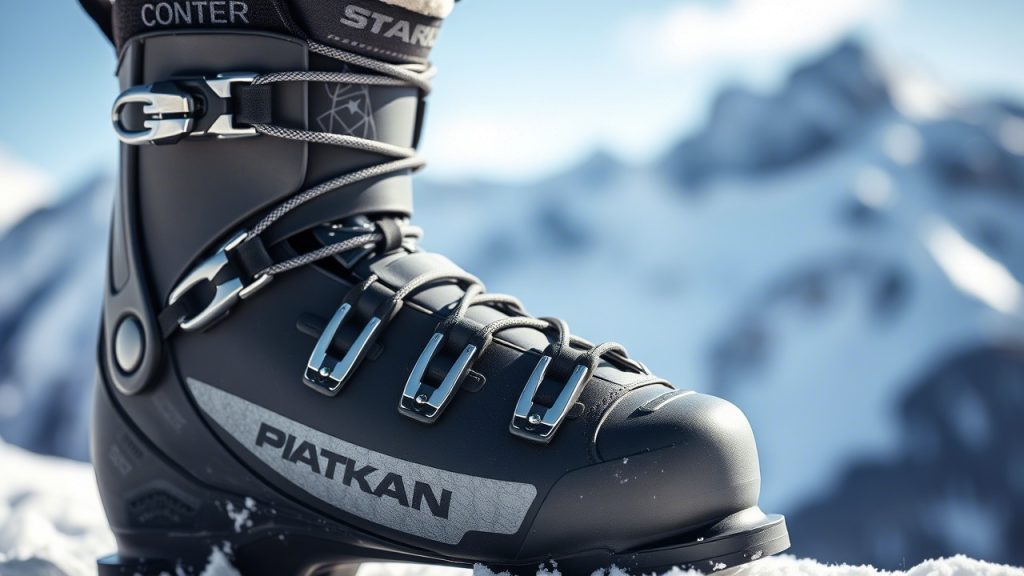
17. Custom Ski Boot Fitting vs. Off-the-Shelf Boots
If you’re experiencing significant foot pain, custom boot fitting might be the best solution. A professional boot fitter will assess your foot shape and make adjustments to ensure the perfect fit.
18. Ski Boot Fit for Different Foot Shapes
Foot shapes vary greatly from person to person. Some people have wide toes, high arches, or narrow heels. Make sure to select boots that match the unique shape of your feet.
19. Ski Boot Size for Children with Growing Feet
If you have young skiers, be mindful that their feet grow quickly. Make sure to leave a little extra room in the boots to accommodate for growth over the season.
20. Ski Boot Size Chart for Professional Skiers
Professional skiers typically require a very precise fit. Their boots are often custom-fitted to maximize performance, comfort, and power transfer.
Frequently Asked Questions
- How do I know if my ski boots are too tight? If your ski boots are too tight, you may experience numbness, tingling, or pain in your toes. You should be able to wiggle your toes slightly but not have too much movement inside the boot.
- Can ski boots be too loose? Yes, ski boots that are too loose can cause blisters and reduce your control over the skis, which can be dangerous on the slopes.
- What is the best way to measure my foot for ski boots? Stand with your heel against a wall and measure the length from your heel to your longest toe. For width, measure the widest part of your foot.
- What is the difference between Mondo Point and US shoe sizing? Mondo Point measures foot length in centimeters, whereas US sizing is based on standard shoe sizing and doesn’t take foot length in centimeters into account.
- How tight should ski boots fit? Ski boots should fit snugly, with no excess room around your foot. However, they should not cause pain or discomfort. If you feel pain, the boots are likely too tight.
- Can I wear my regular shoes’ size in ski boots? While it’s a good starting point, ski boots often require a different fit than regular shoes. Ski boots should feel snugger around your feet and ankles, so use a specific ski boot sizing chart for the best fit.
- Why do ski boots have different flex ratings? The flex rating determines how stiff or flexible the boots are. Softer flexes are ideal for beginners, while stiffer flexes offer better performance for advanced skiers.
- Do I need custom footbeds for my ski boots? Custom footbeds can be beneficial if you experience foot pain or discomfort, as they provide additional support and comfort tailored to your foot shape.
- How often should I replace my ski boots? Ski boots typically last between 100 and 200 days on the slopes. If the boots feel uncomfortable or show significant wear, it’s time to replace them.
Conclusion
Choosing the right ski boot size is crucial not only for performance on the slopes but also for preventing painful foot issues like blisters, numbness, or pressure points. By using these 20 ski boot size chart ideas, you can better understand the nuances of ski boot sizing—whether it’s accounting for foot width, volume, or shell fit.
Remember, a great fit goes beyond the numbers on a chart; it involves trying on boots, understanding your foot shape, and sometimes consulting with a boot fitter. Prioritizing fit now means more comfort, better control, and more fun out on the mountain later.

